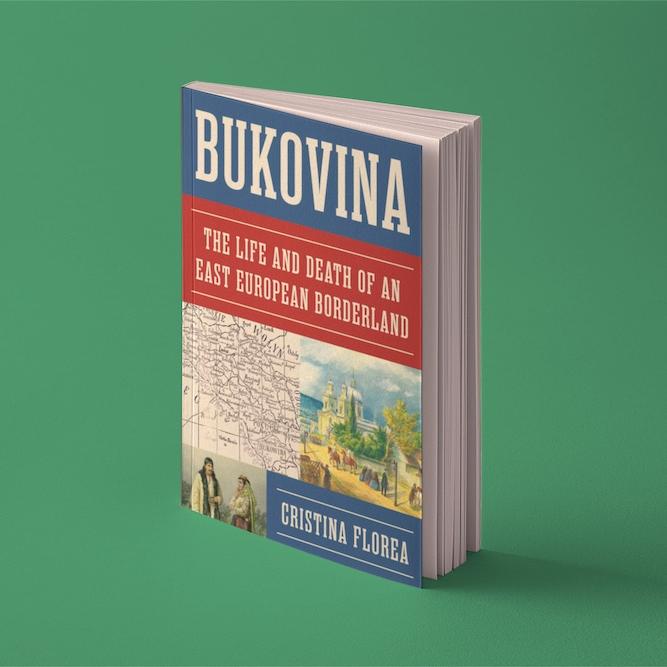Here’s how the well-known story goes: Vladimir Nabokov, professor of literature and soon-to-be-famous novelist, meets with a Cornell student who considers himself a budding writer.
“What kind of tree is that outside my window?” Nabokov asks.
“I don’t know,” the student says.
“Then you’ll never be a writer,” Nabokov says.
A strange response, perhaps, for an author. But not so strange, when one discovers Nabokov spent much of his time on campus, from 1948-59, at the Cornell University Insect Collection.
Nabokov’s deep interest in and connection to the natural world and his cross-pollinating interests in the sciences and the arts were the focus of a new seminar, “Nabokov, Naturally,” taught in fall 2023 by Anindita Banerjee, associate professor of comparative literature in the College of Arts and Sciences (A&S).
“The artistic and literary and creative parts of Nabokov’s personality greatly influenced his practices in the sciences, and the same is true in reverse,” Banerjee said. “But few people know about that, so I wanted to stitch back together these two parts of Nabokov at Cornell that are divided and help students to feel that his presence is still here.”
An avid butterfly collector, Nabokov developed theories, recently proven accurate, about the evolution of a group of butterflies known as the Polyommatus blues. But it was his groundbreaking work in the imperiled habitat of the Karner blue butterfly in upstate New York that has had a lasting impact on environmental legislation and action to this day. Instrumental in spurring conservation activism in the region, the tiny butterfly played a key role in the passage of the federal Endangered Species Act of 1973.
In addition to his work on butterflies, while at Cornell Nabokov wrote the novels “Lolita” and “Pnin,” published his experimental memoir “Conclusive Evidence,” which was revised and published as “Speak, Memory” in 1966, and conceived of “Pale Fire.”
Students in the class read “Pnin” and “Speak, Memory” and examples of his poetry, short fiction, essays, letters and scientific papers. They also learned how his work continues to influence contemporary literature in many languages.
Influential scientific and artistic works by Cornell naturalists past and present – from Anna Botsford Comstock (1854-1930) to Anurag Agrawal, the James A. Perkins Professor of Environmental Studies in the College of Agriculture and Life Sciences – proved indispensable for uncovering the ways in which human affairs and natural environments are inevitably and inextricably entangled in Nabokov’s imagination.
Nabokov represents the nexus of science and art, said Braeden Thomson ’24, a student in the class. “There’s a point in ‘Speak, Memory’ where he quotes a friend as saying that while the scientist sees everything that happens in one point in space, the poet sees everything that happens in one point in time.”
The students spent hours doing research in the Cornell University Library Division of Rare and Manuscript Collections (RMC) and the insect collection.
“We talked a lot in class about how tactile and how textural a writer Nabokov was and how much he drew from his day-to-day life in the physical world, which made his writings all the more vibrant,” said Gracey Brouillard ’24. “Connecting all of his descriptions to the intense detailed work that we could see he did with butterflies – how he studied all of the minute morphological characteristics of them – that related to the way we dissected the text and the ways we scientifically analyzed his artistic writing.”
Banerjee said her students uncovered little gems from Nabokov’s lecture notes and from notes taken by his students that could well serve as maxims for integrating environmental thought and action across the disciplines. For example, he told students to always bring both a dictionary and a magnifying glass to his classes.
“Every great writer is a great deceiver,” Nabokov wrote in lecture notes, housed in RMC. “So is nature. Protective coloration. Spells and wiles. The writer of fiction follows nature’s lead.”
For Will Anderson ’24, the most profound lesson from the class lies in a realization that his future doesn’t depend on choosing one interest over another. “It’s all interconnected, not just one discipline or one career path,” he said. “It’s where the flow of whatever is going on takes you.”
Banerjee said Nabokov’s life and work yields lessons that are relevant to our lives today.
“His work is filled with the convergence and coexistence of catastrophe and beauty, of despair and joy, of which the Karner blue butterfly is a great example,” she said. “It offers a way of living through finding knowledge and beauty and meaning that is really important to the way we are trying to inhabit the planet right now.”
Some of the students’ capstone projects from class will be part of an exhibit, “From Nabokov’s Net,” opening March 14 in Mann Library, and an A&S Arts Unplugged event, “Nabokov, Naturally,” also in March.





